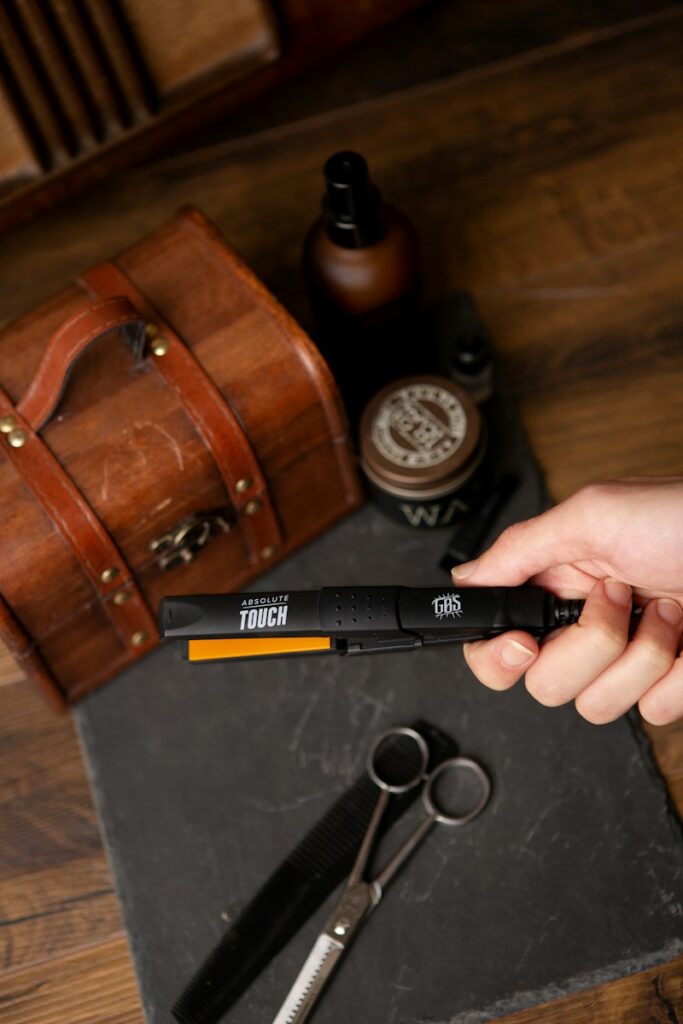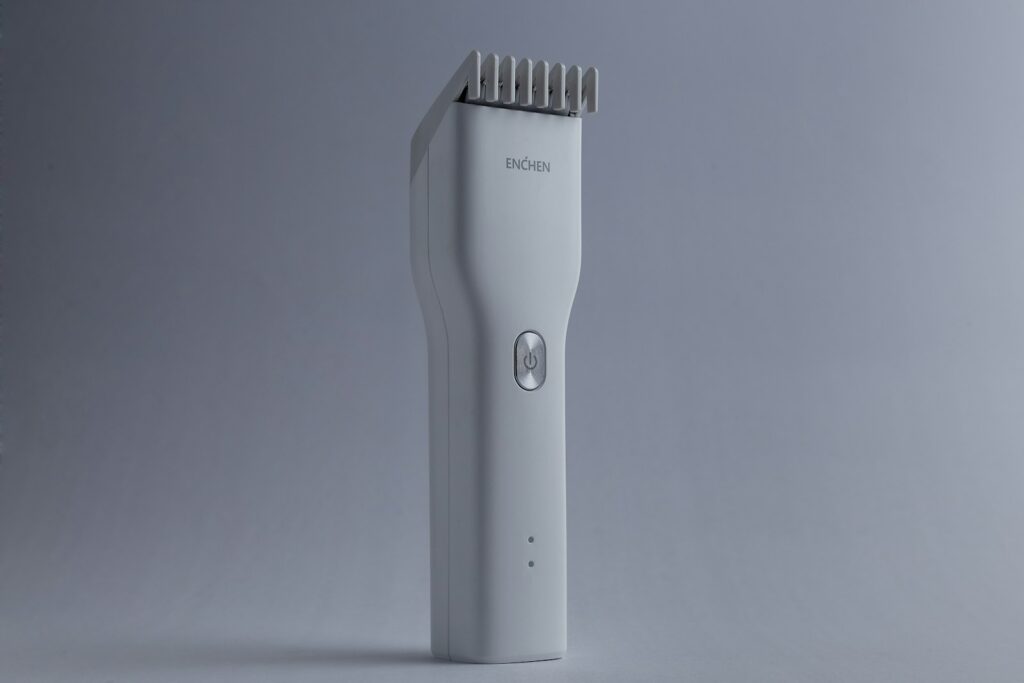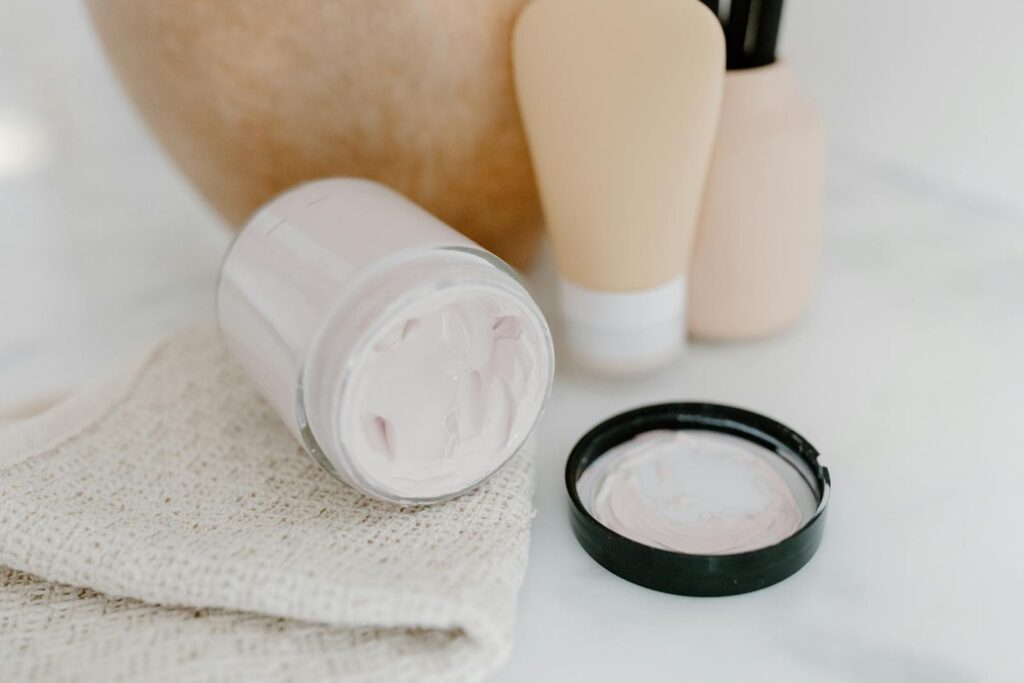Understanding the intricate relationship between hormones and hair growth is vital for anyone interested in maintaining healthy hair. Hormones like dihydrotestosterone (DHT) remarkably impact hair follicles, influencing growth patterns and potential hair loss. This connection can explain varying hair densities and conditions like male pattern baldness. Delving into how hormones affect the hair growth cycle can reveal strategies for optimizing hair health, offering perspectives into managing issues through lifestyle changes or medical interventions.
Key Takeaways
- DHT influences hair follicle activity, impacting hair growth and loss patterns significantly.
- Testosterone converts to DHT, affecting hair traits and potentially leading to hair loss.
- Hair growth cycles consist of anagen, catagen, and telogen phases, crucial for hair health.
- Genetic predisposition affects sensitivity to DHT, influencing male pattern baldness risk.
- Managing DHT levels is critical for optimizing both scalp and facial hair growth.
The Role of Dihydrotestosterone in Hair Growth
How does dihydrotestosterone (DHT) influence hair growth? DHT, an androgen sex hormone, plays a critical role in hair dynamics. It attaches to receptors in hair follicles, driving changes that are essential for hair development. While DHT is necessary for forming male-specific traits, its impact varies. High DHT levels often shrink hair follicles, accelerating hair loss, especially in those genetically predisposed. Meanwhile, it supports beard growth, promoting thicker facial hair. Understanding DHT’s influence enables individuals to make informed choices about managing hair health. Testosterone levels directly influence beard growth, correlating with thickness, density, and pattern of facial hair.
Testosterone and Its Conversion to DHT
Testosterone, a key hormone in the body, plays a vital role in various physiological functions, including the conversion to dihydrotestosterone (DHT). This conversion occurs through the enzyme 5-alpha-reductase, mainly in tissues like the skin and prostate. DHT, a more potent androgen than testosterone, markedly influences traits like facial hair growth and scalp hair loss. High temperatures (above 185°C) can cause brittleness and breakage of beard hair. Balancing testosterone levels not only supports these physical traits but also aids in serving others by nurturing confidence and self-esteem. Understanding this hormone’s role helps individuals manage their health better, potentially guiding them in making informed decisions about treatments and lifestyle adjustments.
Understanding Hair Growth Cycles
Ever wondered how hair actually grows? Hair growth involves three main phases: anagen, catagen, and telogen.
During the anagen phase, hair actively grows from the follicle, lasting several years for scalp hair. The catagen phase follows, marking a short *transition* where growth stops, and the hair follicle shrinks.
Finally, the telogen phase is a rest period, culminating in hair shedding. Understanding these cycles is *crucial* for those aiming to support others in maintaining healthy hair.
Each phase plays a role in determining hair length and density, highlighting the importance of consistent care for *essential* hair vitality.
DHT’s Influence on Male Pattern Baldness
When exploring the relationship between DHT and male pattern baldness, understanding how this androgen hormone affects hair follicles is essential. DHT, a derivative of testosterone, binds to receptors in hair follicles, leading to their miniaturization.
This process shortens the growth phase of hair, resulting in thinner strands and eventual hair loss. Genetic predisposition and individual sensitivity to DHT determine the extent of baldness.
Those serving others by seeking solutions can consider DHT blockers to slow hair loss. These blockers prevent DHT from attaching to follicles, preserving hair density and offering a proactive approach to managing male pattern baldness.
Enhancing Beard Development With DHT
Although often overlooked, dihydrotestosterone (DHT) plays an essential role in enhancing beard development. DHT, a by-product of testosterone, is indispensable for maximizing beard growth.
Higher testosterone and DHT levels generally lead to thicker, more developed beards, as these hormones bind to androgen receptors in facial hair follicles. This binding stimulates the follicles, promoting resilient hair growth.
Individual sensitivity to DHT varies, influencing beard density and growth rate.
For those enthusiastic to serve others by nurturing confidence through appearance, understanding DHT’s impact can guide effective beard care. Prioritizing this knowledge helps individuals achieve their desired beard aesthetics naturally.
Strategies for Managing DHT Levels
Understanding the role of dihydrotestosterone (DHT) in beard development is just one piece of the puzzle; managing its levels effectively can have a significant impact on overall hair health. People can investigate several strategies to balance DHT, guaranteeing ideal hair growth.
Utilizing natural DHT blockers, such as certain oils and botanical extracts, can aid in maintaining healthy hair. Additionally, targeted supplements might support hormonal balance without harsh side effects.
It’s essential to choose products carefully to avoid unintended inhibition of beard growth. Consulting a healthcare professional guarantees a personalized approach, aligning with individual needs and hair health goals.
- Natural oils and extracts
- Targeted supplements
- Product selection caution
- Professional consultation
The Impact of Lifestyle on Hormone Production
Lifestyle choices considerably influence hormone production, impacting overall health and hair growth. Stress management is essential, as chronic stress raises cortisol, which can suppress testosterone production. Adequate sleep is critical, allowing the body to produce hormones efficiently.
Habits like smoking and excessive alcohol consumption negatively affect hormone levels, potentially leading to imbalances. Incorporating relaxation techniques, such as meditation or deep breathing, helps maintain hormonal balance. Social connections and regular laughter also promote positive hormonal responses.
Exercise, Nutrition, and Hormonal Health
Exercise and nutrition play pivotal roles in maintaining hormonal health, influencing both testosterone and DHT levels. Regular physical activity, especially resistance training, elevates testosterone, supporting muscle growth and overall health.
Balanced nutrition, rich in healthy fats and proteins, promotes proper hormone production, essential for hair growth and vitality. Consuming a variety of nutrients guarantees the body functions at its best, helping individuals serve others with energy and vigor.
Additionally, lifestyle choices directly impact hormonal balance:
- Regular exercise enhances blood circulation.
- Balanced diets support hormone synthesis.
- Adequate sleep improves hormone regulation.
- Stress management reduces hormonal imbalances.
Prioritizing these factors can lead to improved well-being.
Final Thoughts
Understanding the intricate relationship between hormones and hair growth is key to managing hair health effectively. Dihydrotestosterone (DHT), derived from testosterone, plays a vital role in hair growth and loss, influencing conditions like male pattern baldness while enhancing beard development. By managing DHT levels through lifestyle choices and medical interventions, individuals can better control their hair growth cycles. Maintaining a balanced diet and regular exercise also supports essential hormone production, contributing to healthier hair and overall well-being.







